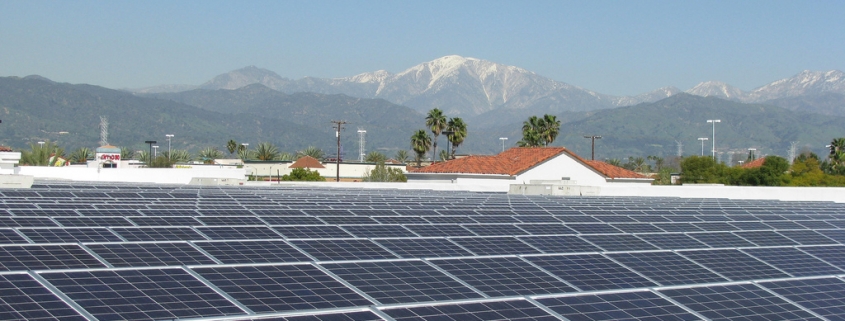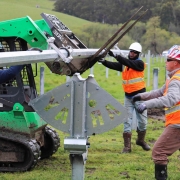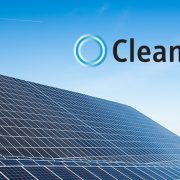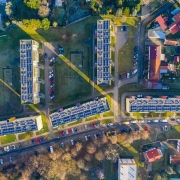U.S. doubled community solar capacity in 2017, SEPA report says
Community solar capacity in the United States more than doubled between 2016 and 2017, from 347 megawatts (MW) at the end of 2016, to 734 MW at the end of 2017, according to the “Community Solar Program Design Models” report released by the U.S. Smart Electric Power Alliance (SEPA). At present 228 utilities in 36 states have active community solar programs.
 The “Community Solar Program Design Models” report is one of two recently released by SEPA funded by the U.S. Department of Energy’s Solar Market Pathways initiative, highlighting the growth and growing sophistication of community solar programs across the United States. The second report, “Value Stacking in Minster,” is a SEPA case study focused on how one small town put a community solar project on hold in response to a key industrial customer’s request for green power, but continues to explore opportunities for a shared solar project.
The “Community Solar Program Design Models” report is one of two recently released by SEPA funded by the U.S. Department of Energy’s Solar Market Pathways initiative, highlighting the growth and growing sophistication of community solar programs across the United States. The second report, “Value Stacking in Minster,” is a SEPA case study focused on how one small town put a community solar project on hold in response to a key industrial customer’s request for green power, but continues to explore opportunities for a shared solar project.
In addition to providing current figures on the expansion of community solar, the “Community Solar Program Design Models”report covers lessons learned from existing projects, and a basic “decision tree” tool aimed at helping utilities and other developers ask the right questions for successful projects. The report includes research findings developed in collaboration with the Coalition for Community Solar Access (CCSA).
Key takeaways include:
- In 2015, utilities administered 60 percent of all community solar programs, versus 40 percent for third-party organizations. That split has since flipped. Third parties now account for 67 percent of community solar programs, versus about 33 percent for utilities.
- The average subscription rate for community solar projects is 83 percent; with subscription rates for third party-owned community solar over 90 percent. Subscription success depends on a range of program design elements, but a project’s financial value proposition remains a major driver.
- Utilities are starting to explore the use of community-scale, distributed solar as a grid asset for improved reliability and grid support services. In Minster, a community-based project combining solar and storage has allowed the town to generate four separate value streams from a single project.
- Many of the community solar projects in service are targeted at low-to-moderate income customers, renters and residential customers who live in multifamily buildings. In the past, these customers have been unable to access the benefits of solar because they don’t own their roofs, or if they do, their roofs cannot support solar.
Dan Chwastyk, SEPA’s Program Manager for community solar programs said:
“Despite community solar’s rapid growth, these shared projects constitute just over 1 percent of the total U.S. solar market. However, we see continued growth ahead because community solar is such a flexible business model, allowing utilities and third-party developers to customize offerings based on local markets and customer interests. Our research and case studies show that the more tuned-in to their customers utilities are, the more innovative and successful their programs become.”
Jeff Cramer, Executive Director of CCSA said:
“Community solar is growing exponentially. As this report demonstrates, the vast majority of community solar projects are either sold out or close to it. While we’re thrilled to see the industry meet and beat its growth expectations, and see new community solar programs open across the country, still only a small fraction of American customers can choose solar today. We expect that to change, and community solar, at scale, to play a leading role.”
Source: Press Release by Smart Electric Power Alliance (SEPA). Photo Credit: Walmart via Flickr (CC BY 2.0).










